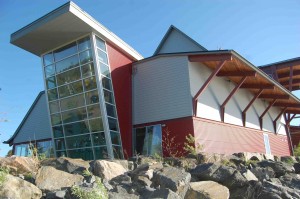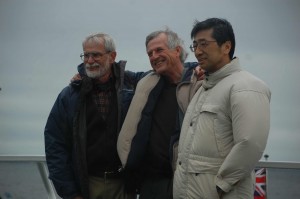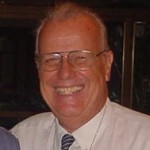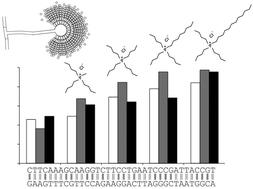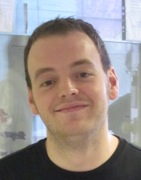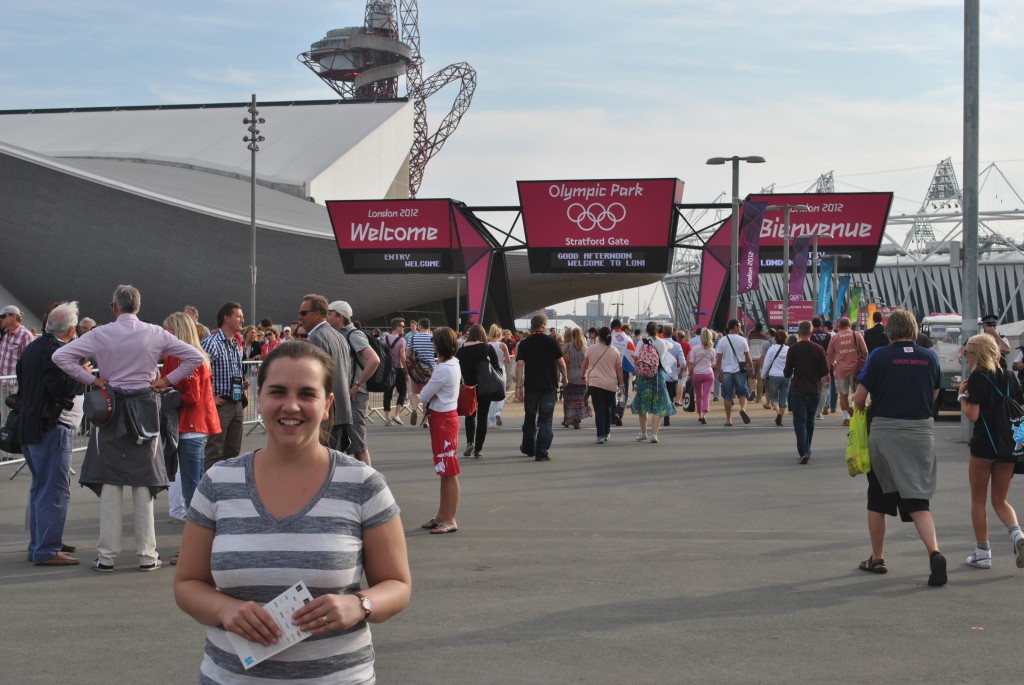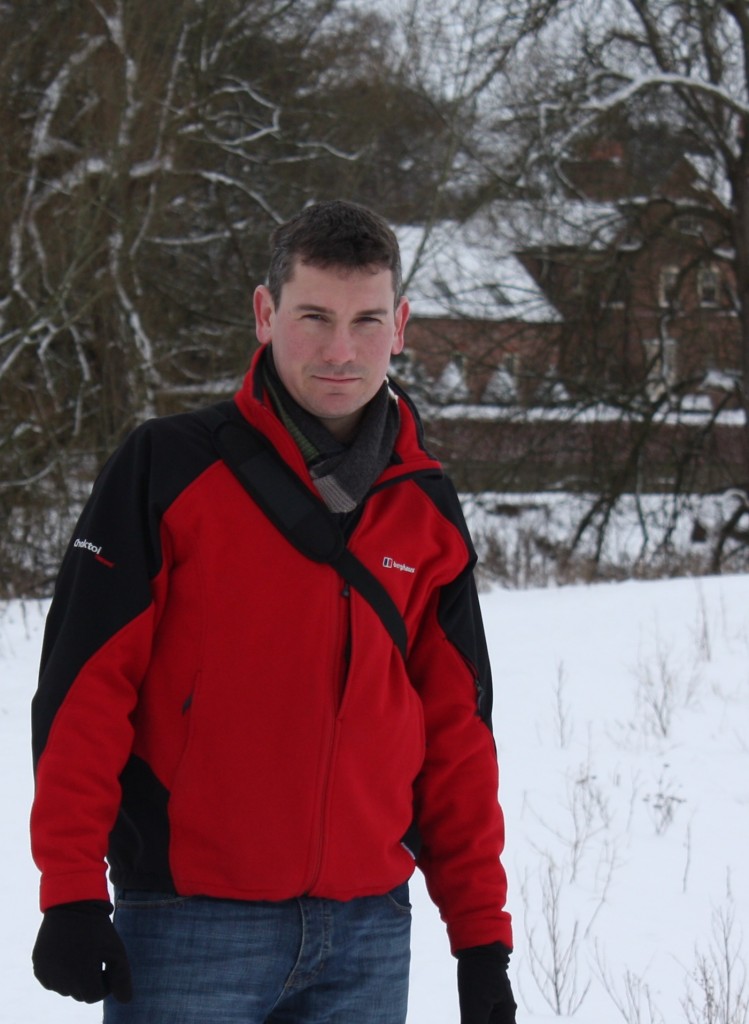I arrived in Parry Sound on Georgian Bay, after flying into Toronto and taking a long bus ride up north, to promote NJC at the 4th Georgian Bay International Conference on Bioinorganic Chemistry. NJC was a major sponsor this year, providing support for the student volunteers who are “on call” to ensure that the conference runs smoothly.
This year’s event brought together about 140 scientists: about two-thirds from North America with the other participants being mainly from Europe and Japan.
|
This is not a conference for the weak-of-heart: the conference organisers (Martin Stillman, Nagao Kobayashi, C Frank Shaw III) put together a very full and challenging program combining science and fun in a beautiful natural setting. |
 |
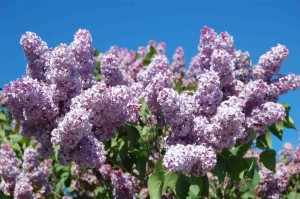 |
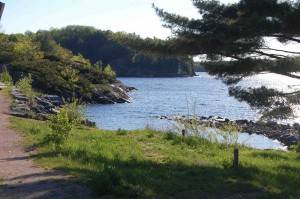 |
The science consisted of 90 talks (3 parallel sessions over 3 days), which ranged from the physical techniques, synthesis and properties, to medical applications. Ed Solomon‘s plenary lecture on copper–dioxygen reactivity closed the conference, while over 30 posters completed the program.
My favourite talks were those given by Wojciech Bal (U Warsaw) on nickel toxicity, Kyung-Bin Cho (Ewha Womans U) on rebound reactions in non-heme systems, Andrew Cammidge (U East Anglia) on Pcs-Por hybrids, Peter Caravan (Harvard Medical School) on MRI probes, Tim Storr (Simon Fraser U) on treating Alzheimer’s disease, Danny Leznoff (also at SFU) on metallo-Pcs, Jennifer Wytko (U Strasbourg) on porphyrin wires and Ian Butler (McGill U) on analysing artists’ pigments.
The fun included a boat cruise on the bay (a welcome and relaxing break), two music recitals in the evening, and an after-conference all-day outing to Killbear Provincial Park for hiking, kayaking and a BBQ. (More on the outing in an upcoming post, with photos.)
 |
 |
 |
The cruise on the Island Queen was a welcome and relaxing break—staying warm inside the boat with occasional forays outside for photo ops.
The CanBIC conferences also feature music, provided by Katie Stillman on violin and Miaomiao Yu on piano. These two young talented musicians have played together for many years, which was evident from their perfect harmony in pieces ranging from Mozart to 20th century composers.
After this informal and small conference out in the woods, next week will be a complete change of scenery as I’m off to the 96th Canadian Society of Chemistry conference in Quebec City. Check back for my comments on this event.


